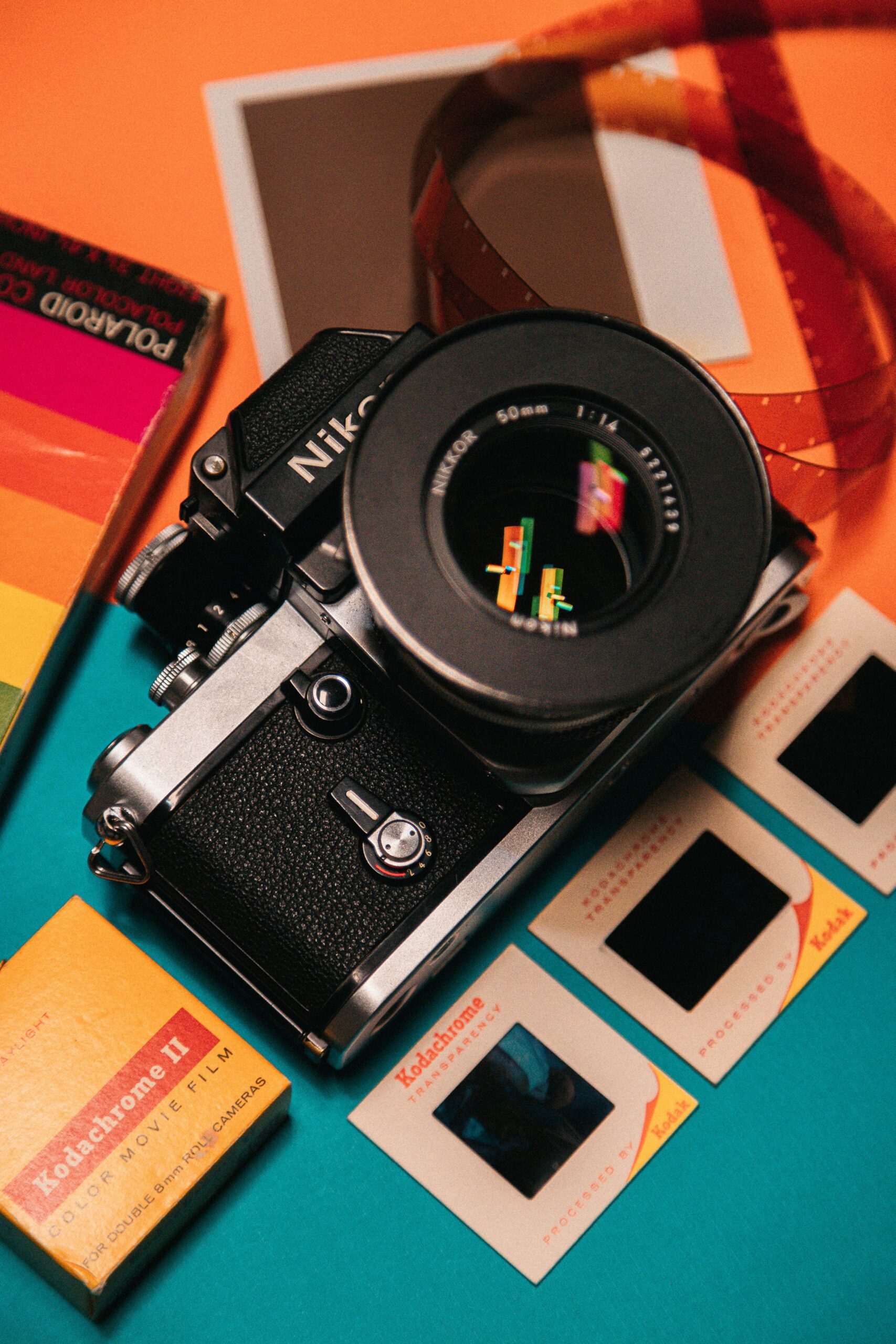Introduction to Digital Photography: Capturing and Editing Stunning Images

Photography has come a long way since the days of film cameras. With the advent of digital photography, capturing and editing stunning images has become more accessible than ever before. Whether you’re a beginner or an experienced photographer looking to enhance your skills, this guide will provide you with a comprehensive introduction to digital photography.
Understanding Digital Photography
Digital photography involves capturing images using an electronic image sensor and storing them digitally instead of on photographic film. This allows for instant previewing, editing, and sharing of photos. Digital cameras come in a variety of types and sizes, ranging from compact point-and-shoot cameras to professional DSLRs.
When starting out in digital photography, it’s important to understand the basic components of a digital camera, such as the lens, image sensor, and settings. Familiarize yourself with the different shooting modes, such as automatic, manual, and semi-automatic, to gain more control over your photographs.
Tips for Capturing Stunning Images
Now that you have a basic understanding of digital photography, let’s explore some tips for capturing stunning images:
1. Composition
Pay attention to the composition of your photos. Use the rule of thirds to create a balanced and visually appealing image. Experiment with different angles and perspectives to add interest to your photos.
2. Lighting
Lighting plays a crucial role in photography. Learn how to use natural light to your advantage and experiment with different lighting conditions. Consider the time of day and the direction of light to create the desired mood in your photos.
3. Focus and Depth of Field
Mastering focus and depth of field can greatly enhance your photographs. Experiment with different focus points and aperture settings to achieve the desired level of sharpness and blur in your images.
4. Experiment with Exposure
Understanding exposure is essential for capturing well-exposed photos. Learn how to adjust the exposure settings, such as shutter speed, aperture, and ISO, to achieve the desired brightness and contrast in your images.
5. Tell a Story
Use your photographs to tell a story. Capture moments that evoke emotions and convey a narrative. Look for interesting subjects, candid moments, and unique perspectives to create compelling images.
Editing Your Photos
Once you’ve captured your images, it’s time to enhance them through editing. Editing software, such as Adobe Photoshop or Lightroom, allows you to adjust various aspects of your photos, including exposure, color, and composition.
Here are some basic editing tips to get you started:
1. Crop and Straighten
Cropping and straightening your photos can improve their composition and remove any distractions. Experiment with different cropping ratios and ensure that your horizon lines are straight.
2. Adjust Exposure and Contrast
Use the exposure and contrast adjustments to fine-tune the brightness and contrast of your photos. Be careful not to overdo it, as excessive adjustments can result in unnatural-looking images.
3. Enhance Colors
Adjust the saturation and vibrance to make the colors in your photos pop. Be mindful of maintaining a natural-looking color balance.
4. Sharpen and Reduce Noise
Apply sharpening to enhance the details in your photos, but be cautious not to introduce too much noise. Reduce noise if necessary to ensure a clean and crisp image.
5. Experiment with Filters
Explore various filters and effects to add creative touches to your photos. However, use them sparingly and ensure that they enhance the overall composition and mood of the image.
Conclusion
Digital photography offers endless possibilities for capturing and editing stunning images. With the right techniques and a creative eye, you can take your photography skills to the next level. Remember to practice, experiment, and most importantly, have fun with your digital camera!

Leave a Comment